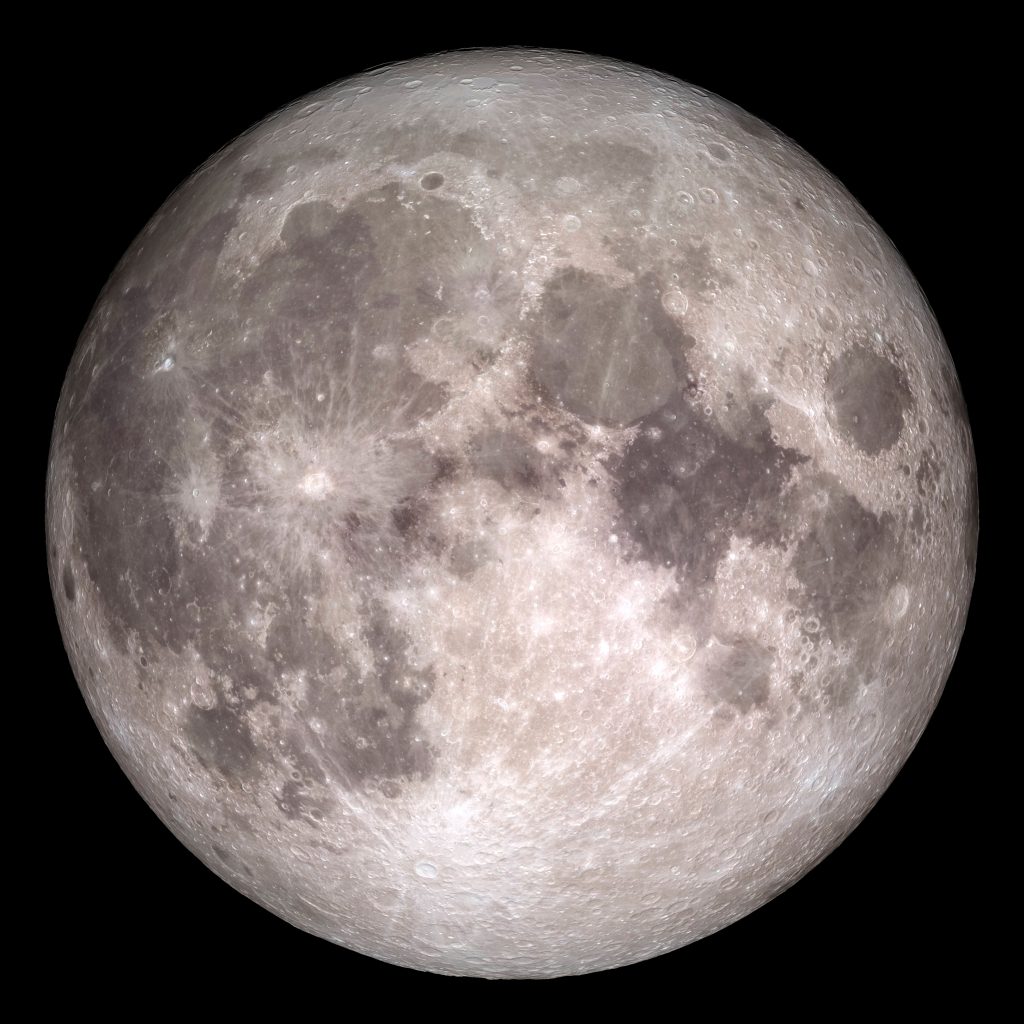A recent Reddit post has called out Samsung’s pictures of the moon, claiming that they are fake. The images, which have been popular with Samsung users for their high level of detail, were tested by a user of the platform who created a purposely blurry photo of the moon and displayed it on a computer screen. The screen was then photographed using a Samsung Galaxy S23 Ultra device. The resulting image was sharp and showed detailed images of the moon that weren’t present in the original photo. While Samsung has denied accusations of image overlaying or texture effects, it has admitted to using AI to detect the moon and enhance details by reducing blur and noise.

The controversy highlights the importance and complexity of image processing, especially as computational techniques become more prevalent. It raises questions about what constitutes a “fake” photo in the age of digital photography and computational enhancements. The author argues that the issue is complicated by the fact that the concept of “fakeness” is a spectrum rather than a binary “fake” or “not fake” image, and that the use of computational techniques blurs the line between “optically captured” and “software-generated” data.
The article suggests that Samsung’s process is more intrusive than upscaling blurry details using AI, as it creates new details that were not present in the original photo. This process produces a generated image rather than a photograph, and some may consider it to be “fake.” The author argues that the viral appeal of Samsung’s moon photography has made it a convenient application for computational photography, and that Samsung’s failure to explain the feature has allowed people to believe that it is a physics-defying optical zoom.
As computational techniques become more common and applied more widely, the author suggests that the line between “real” and “fake” photos will become even harder to tread on. The future may see the use of “detail improvement engines” on all sorts of data, such as faces and landmarks, to produce high-quality photos. The article concludes by suggesting that, in time, people may forget that images produced using computational enhancements were ever considered “fake.”
RELATED:
- Samsung Galaxy Watch 6 Might Bring Back the Fan-favorite Rotating Bezel
- Samsung Reportedly Not Planning To Launch Galaxy S23 FE Smartphone
- Best 4K Monitors for Content Consumption 2023
(Via)







